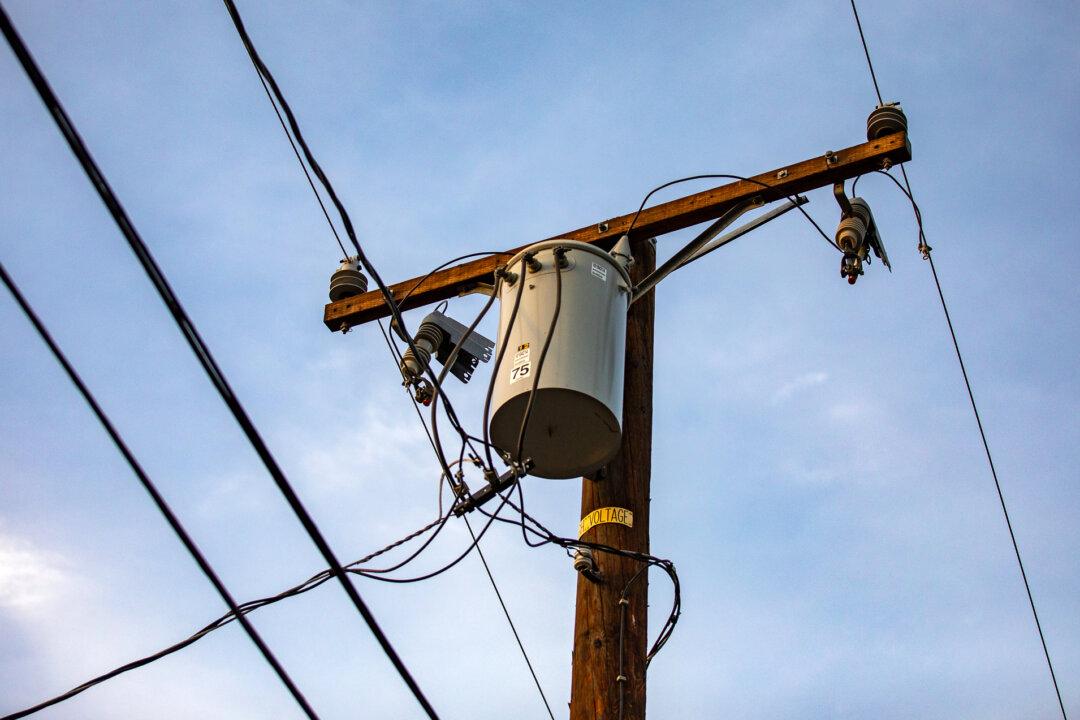Southern California residents may soon decide whether they want to pay more for electricity during peak times of the day—a plan by Southern California Edison (SCE) that will begin with San Bernadino County residents and may soon extend to Los Angeles County and Orange County.
The state-ordered switch would charge customers more for using electricity between the peak hours of 4 p.m. and 9 p.m., and less during the rest of the day. Currently, most households are on a tiered plan that has a baseline allocation and bills customers for the total amount of energy used in a billing period.





